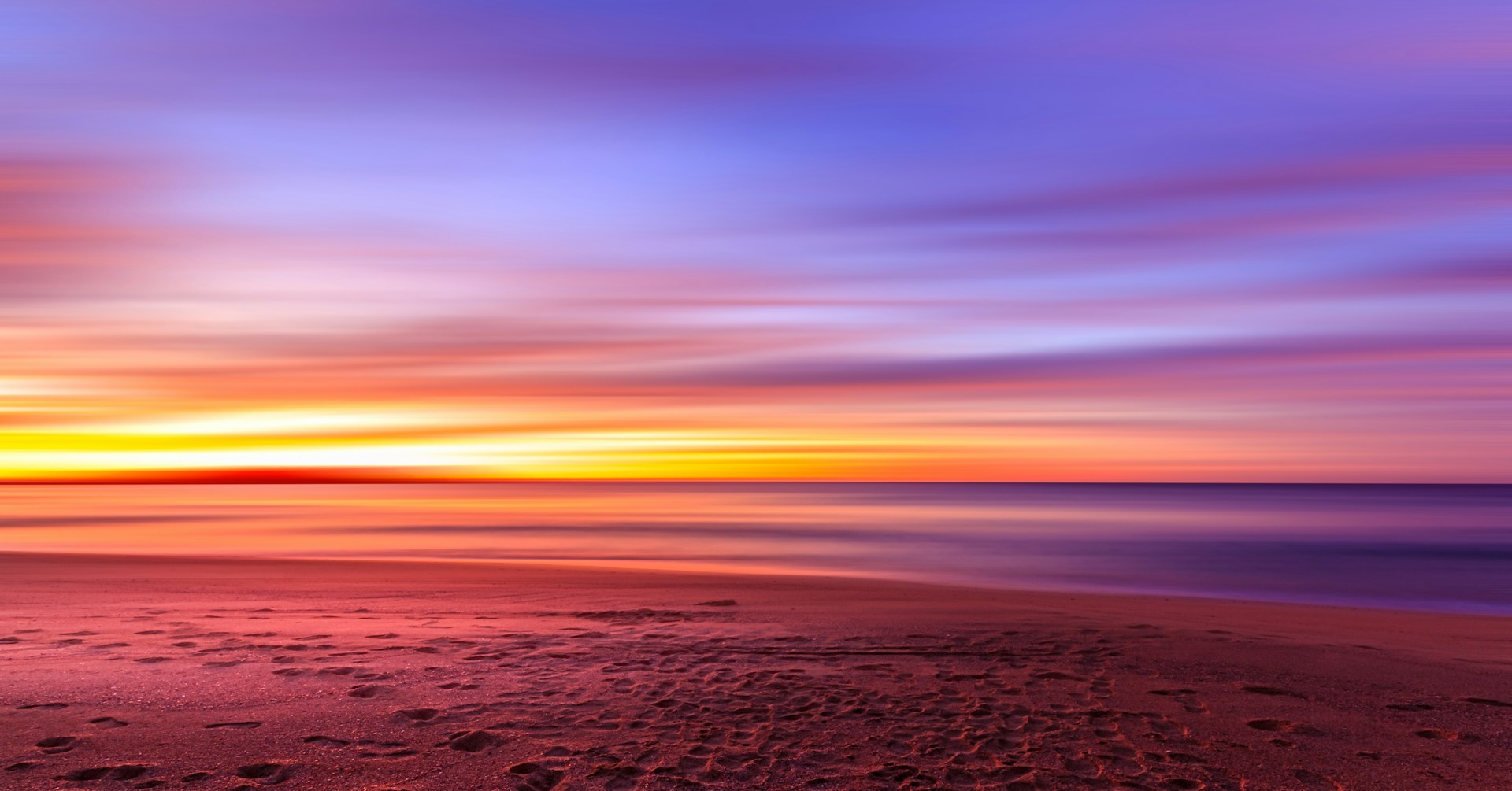There’s something magical about capturing the serene beauty of a sunset painted across the expansive canvas of the skies. Whether it’s the tranquility of the sinking sun over the crystal clear waters of Key West, Florida, the ethereal hues of the evening sky reflecting on the snow-capped ranges in Glenwood Springs, Colorado, or watching the sun disappear amid the rugged landscape of the Grand Canyon, Arizona, sunset photography is an art that immortalizes nature’s dynamic spectacle. The USA is home to plenty of locations, scattered from coast to coast, that provides the perfect backdrop for stunning sunset photography.
Nevertheless, the question arises- how can you make the most of the natural light in photography, specifically during sunsets?
Understanding natural light is the cornerstone of all photography and particularly vital when it comes to sunset photography. It’s the most basic form of light available, created by the sun and affected by multiple factors like weather, time of day, and even the position of the sun. The color temperature of natural light changes throughout the day, often cooler when under a cloudy or snow-filled sky, and warmer during sunrise or sunset, painting a kaleidoscope of colors in the sky.
The direction of the light also becomes critical and is governed by the location of the sun. There are advantages and disadvantages to consider when shooting in natural light. Its unparalleled quality is a major plus, but control over it can be challenging. And despite the constantly changing nature of this light, its versatility and convenience make it the choice of many photographers. Indeed, understanding the dynamics of natural light can significantly bolster your efficiency and achieve the desired effects in your images.
As the saying goes: Mastering the use of natural light can transform any picture, turning a simple sunset into an ephemeral, magical experience.
So, what essential gear do you need to start your sunset photography journey as a beginner?
Choosing the right camera is the starting point of your photography journey. One key advice for beginners is to go with a camera brand that your peers or mentors use. This way, you have the added benefit of borrowing and understanding different lenses without investing in every piece of equipment. However, the camera is just a tool; it is mastering the technique that’s ultimately the game-changer. A few recommendation for beginners includes the likes of Nikon D5600 and Z5, Canon EOS R100 and RP, and the Sony A6400.
Next comes the lenses. A good starting point for beginners is to have two initial lenses: a general-purpose zoom lens for landscapes and a prime lens for portraits. You might want to start with a 35mm or a 50mm prime lens. It’s crucial to understand the limitation of your lenses as well, for instance, full-frame lenses can operate on crop-sensor cameras, but vice versa isn’t viable. Having the right gear is indeed essential, but remember that techniques reign over brands.
But, what key techniques can enhance your sunset photography skills?
- Planning: Scouting locations, checking out the weather, and envisioning the kind of compositions you want to make.
- Experimenting with different exposures: This can help you achieve various colors and effects.
- Selection of lenses: Each lens offers a unique perspective.
- Varying your focal length: Wide-angle lenses can get sweeping shots of the sunset scene, whereas a 200mm lens or longer may be necessary if the sun is a prominent feature.
The rule of thirds can enhance your sunset photos’ composition by placing key elements of the scene a third of the way into the frame. Experimenting with different angles can also help transform a regular shot into a masterpiece. On a technical note, using Auto Exposure Lock can make a world of difference in managing exposure when the sky is significantly brighter than the foreground, a typical case during sunsets. Armed with the right tools and the proper knowledge, you can capture sunsets like a seasoned photographer.
To conclude, sunset photography is about more than just aiming your lens toward the setting sun. It requires understanding natural light and its various effects, choosing the right equipment, and nurturing techniques specific to the challenges and rewards of sunset photography. America’s diverse landscapes offer an undeniable canvas for the eager eye. Whether you’re venturing the beautiful beach parks of Hawaii, the rustic expanses of Ely, Minnesota, or the breath-taking landscapes of Colorado, America is full of opportunities to capture the sun’s majestic retreat into the night.
So, if you’re ready to embark on a journey towards captivating sunset photography in the USA, these tips should set you on the right path. Remember, it all essentially circles back to your dedication, your eye for the artistic elements, and your love for nature’s most dynamic spectacle – the sunset. Happy clicking!




